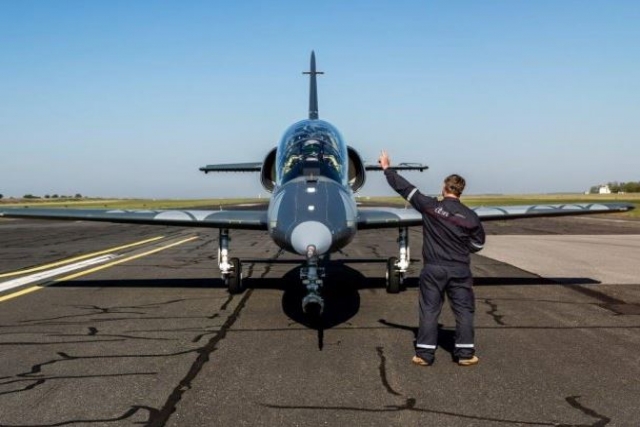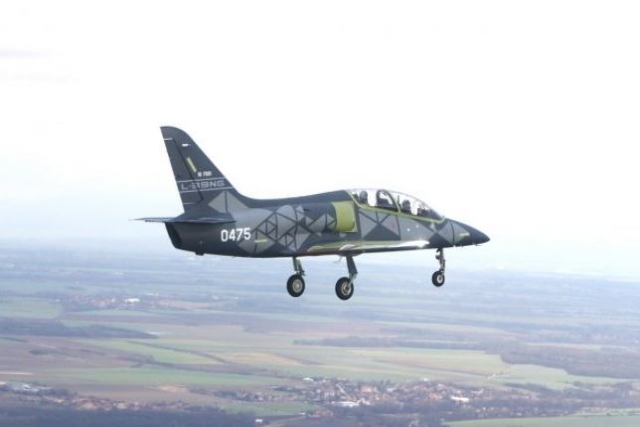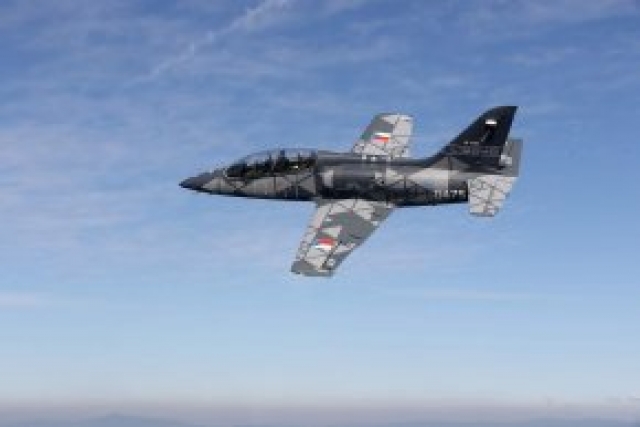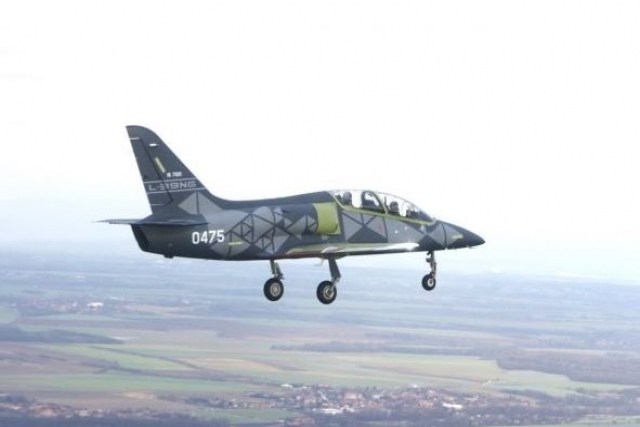L-39NG Jet Aircraft Clears Basic Weapons Test
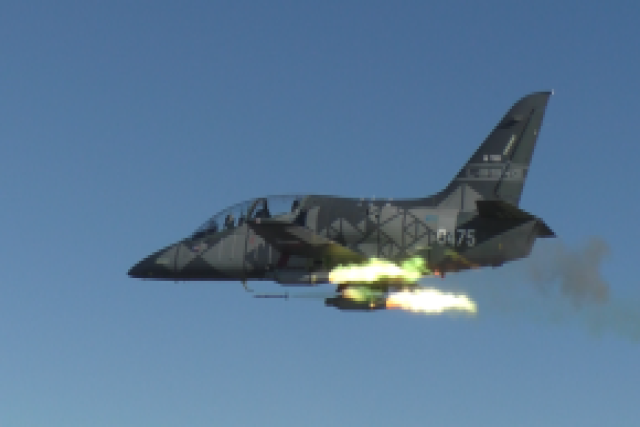
Aero Vodochody’s new L-39NG jet aircraft has passed a test conducted by experts of launching weapons such as S-5 missiles and bombs.
Engineers and pilots fired 230 missiles and dropped nearly 70 bombs to test engine effects, emergency load shedding, and accuracy.
Aero successfully conducted tests of the L-39NG's primary weapons. This is one of many tests that the new Aero aircraft has undergone. The aircraft can carry both Eastern and Western weapon systems and the corresponding avionics system. The L-39NG eastern armament test phase took place on Hungarian territory, with the aircraft operating from the Pápa air base and using the missile range near Veszprem.
"The results of the tests were successful. It was a set of tests of the basic weapons that the L-39NG can use. However, we are considering an additional range of weapons according to specific customer requirements. The aircraft can carry both Eastern and Western armament and can equally have Western and Eastern avionics," says Petr Jinda, Executive Vice President & Chief Development Officer, Aero.
Weapons trials, which were divided into three phases, began on 13 February with the first part to determine the effect of missile firing on engine performance, followed by emergency load drops and the third phase was bombing and firing missiles for accuracy. All weapons tests met expectations, the company said in an official release.
Specifically, the designers and pilots tested the firing of S-5 missiles from UB-16 missile blocks and their effect on engine operation. They conducted tests of emergency bomb drops, overhead fuel tanks, and missile blocks. During the tests, the pilots fired a total of 230 S-5 missiles and dropped 42 P-50-75 and 24 OFAB-100-120 bombs.
The aircraft has a measurement system that records about 300 flight parameters. Video recordings are also used to evaluate the success of the tests. A digital video recorder is installed in the aircraft and the pilot's heads-up display (HUD) is also recorded. Aero uses a companion aircraft for filming, from which a cameraman films the progress of the tests from the rear cabin. The L-39NG aircraft itself then houses 5 additional cameras that record the tests from different angles. 2 drones with cameras were used to detect the exact impact of the weapons in the target area. All recordings and measurements are precisely synchronized in time for the purpose of evaluating the results of each test, determining the resulting accuracy of the shots and the trajectory of the dropped loads.
